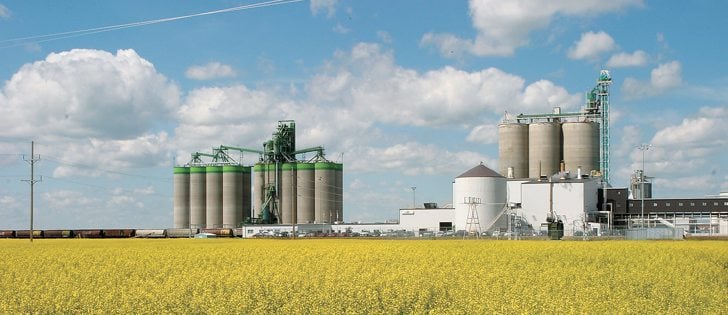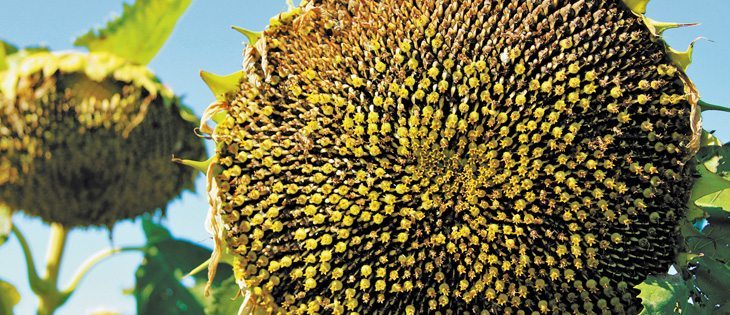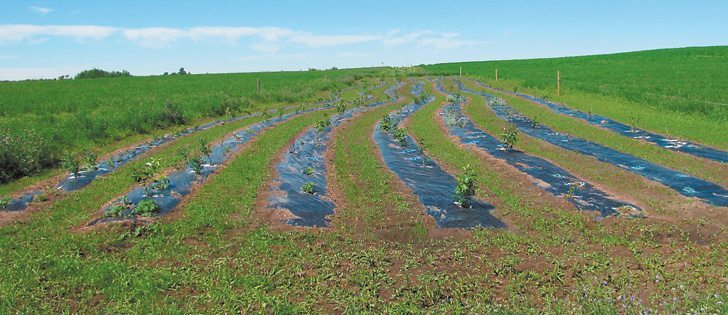The manager of canola trading for Louis Dreyfus Canada made a startlingly bullish canola forecast at last week’s Grainworld conference in Winnipeg.
There was nothing that Tracy Lussier said in his canola market outlook that wouldn’t make a farmer delighted to be selling the crop for the rest of this crop year and planting as much as possible this spring.
“We’re in a bullish environment, and I think it’s going to be very, very bullish to make it through to new crop, and I think producers are going to benefit from what we see in the future next year as well,” she said.
Read Also

Chinese, Indian tariffs take toll on pea prices
The disruption of pea exports from Canada’s largest customers will likely result in slow pea exports for the remainder of the crop year.
He predicted that:
- prairie farmers would plant 21 million acres of canola this spring if they are able to
- 8.6 million tonnes of seed will be exported by the end of the 2011-12 crop year, up 1.6 million tonnes from last year
- 6.8 million tonnes of seed will be crushed in 2011-12, up 500,000 tonnes from last year
- canola crush could reach eight million tonnes per year by 2014 and 2015
- canola prices must rise compared to other crops before September to balance supplies with demand
“You’re probably seeing that everything I’m telling you is kind of bullish, and I guess I’m having a tough time not being bullish in this environment, because everything is going the same direction,” said Lussier, who shared Louis Dreyfus’ private, internal estimates with the conference.
The 21 million acre seeding estimate is based on both the demand for the crop and its relative profitability compared to wheat.
Price ratios of competing crops can help farmers decide which crop to grow. A canola-wheat ratio of 1.6 to 1 is considered neutral. In other words, canola at $11.20 per bushel is seen as neutral in influencing a farmer’s decision to seed when wheat is $7 per bu.
But right now the ratio is 1.85 to 1, which means canola is highly favoured.
Lussier predicts canola prices will strengthen more as spring approaches, pushing farmers to seed every acre they can.
His 21 million acre estimate is above almost all trade estimates. FarmLink Marketing Solutions estimated that farmers will seed 19.4 million acres.
Continuing huge demand from China and the United States is behind the massive consumption of canola seed and oil, and driving the price higher, Lussier said.
“Fifty percent of our total canola stocks this year will end up either in the form of oil or raw seed exported to either China or the U.S.,” said Lussier.
With soybean production likely to shrink in the next few months, canola is unlikely be undercut by weak soybean oil values, he added.
Farmers have already sold much of their 2011-12 canola, so the demand rationing process could enrich farmers who still have crop in their bins.
“There is no doubt that the demand for old-crop canola seed will remain very, very firm,” said Lussier.
He said there is a large inverse in nearby canola prices versus new crop futures, revealing the tightness of old crop stocks.
The lower futures for the new crop year might not hold if any further problems afflict the world’s vegetable oil crops, especially soybeans and canola, which are having a poorer year than last year.
Regardless of what happens elsewhere, Lussier thinks farmers will have no problem selling canola for the rest of this crop year and through next year.
“We truly do require 21 million acres to meet the expected demand, so I hope we do achieve these lofty acres,” he said.















